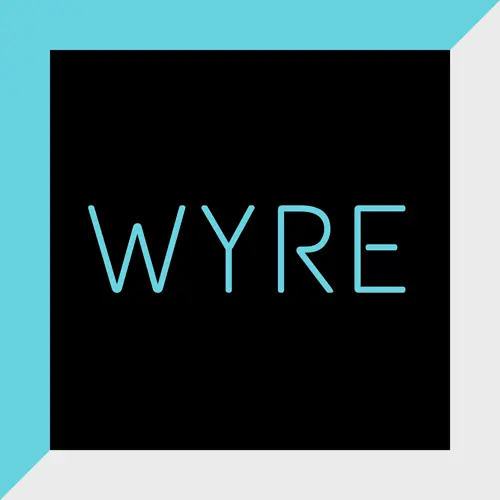
Imagine this: a trusted marketing vendor is hacked, and the attackers hijack their email system.
They send out a professional-looking email blast to all the vendor’s clients, including your company, with a link to download a "new product update."
But instead of helpful software, the link installs malicious ransomware on any system unfortunate enough to click it.
In just hours, an entire network of businesses is at risk, all stemming from one compromised vendor.
This scenario isn’t hypothetical. Incidents like this highlight the critical need for organizations to implement third-party risk assessments and strict vendor access controls.
Why Third-Party Risk Assessments Matter
Before partnering with any vendor, you should always conduct a thorough risk assessment.
This includes evaluating their cybersecurity practices, such as:
- Encryption standards
- Incident-response capabilities
- Security certifications (e.g., ISO 27001 or SOC 2)
Periodic reassessments are also vital to ensure vendors maintain their security posture over time. Trust should be verified continually because risks are continual.
Enforcing Strict Vendor Access
Vendors often need access to your systems or data to perform their duties.
To keep your infrastructure secure, implement a least privilege model, in which you "restrict the access privileges of users (or processes acting on behalf of users) to the minimum necessary to accomplish assigned tasks" (source).
The least privilege model allows you to limit what vendors can see and do within your systems.
Here are practical steps:
- Granular Permissions: Allow access only to the specific systems and data necessary for the vendor’s role.
- Session Monitoring: Track vendor activities in real time to detect unusual behavior.
- Multi-Factor Authentication (MFA): Require vendors to use MFA for all system access.
The Bottom Line
No matter how strong your internal security measures are, a weak link in your supply chain can still compromise your organization.
By prioritizing third-party risk assessments and implementing strict vendor access controls, CXOs can significantly reduce the risk of becoming collateral damage in a vendor-related cyberattack.
Start protecting your organization today—because even the most trusted partner can become a threat if their defenses fail.
And remember: WYRE always helps.
